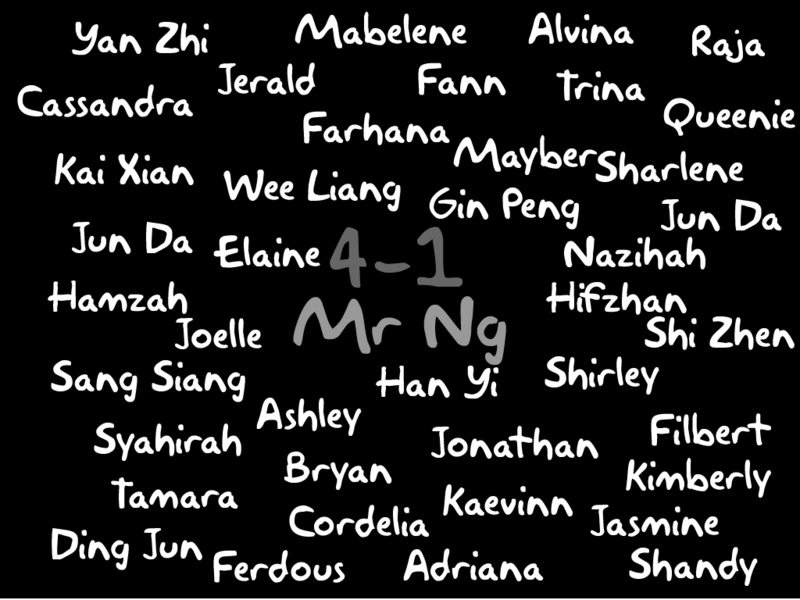By Arti Mulchand & Liaw Wy-Cin
EFFORTS by various sectors to improve energy efficiency in Singapore have been brought under a single umbrella body.
Set up in May, the Energy Efficiency Programme Office (E2PO) brings together multiple agencies from the major sectors of energy use, announced the Minister for the Environment and Water Resources Yaacob Ibrahim on Tuesday.
The five sectors are power generation, industry, transport, buildings and households.
The first three are the largest consumers of fuel in Singapore, and electricity is primarily used by industry, buildings and homes.
'The E2PO will draw on the combined knowledge and strength of these agencies to draw up a long term plan that integrates whole-of-government efforts,' said Dr Yaacob, speaking at the Bayer Young Environmental Envoy and Eco-Minds Award Ceremony at Fullerton Hotel.
The plan will have four key thrusts. It will promote the adoption of energy efficient technologies and measures, build the capability to drive and sustain energy efficiency, raise awareness among businesses and households to stimulate energy efficient behaviour, and support research and development.
A fund will be set up to support these programmes, said the Minister.
The taskforce will be led by the National Environment Agency, and taps on over 40 other agencies, including the Building and Construction Authority, the Economic Development Board (EDB) and the Land Transport Authority.
The team will meet monthly, and is currently formulating the 'long term plan', called Energy Efficient Singapore.
Within the next six months, they will draw up 'indicators' to measure current energy efficiency in the various sectors, said NEA chief Lee Yuen Hee. Actual targets will follow.
While various agencies had their own programmes and policies, there was a need for a more 'coordinated, focused' effort, said NEA chief Lee Yuen Hee.
For example, when building a new industrial facility, incorporating energy efficiency measures at the design stage is often the most cost effective thing to do, so the EDB can work with BCA, he explained.
Other measures being look at in the other sectors include increasing the use of public transport. On this front, LTA aims to raise the proportion of users during the morning peak hour from 63 per cent to 70 per cent in the next 10 to 15 years.
LTA is also exploring how it can get cabbies to stop cruising around empty, so fuel is not wasted.
Motorists will also be able to make greener choices: NEA is studying the feasibility of making fuel economy labelling for cars mandatory. Such labelling is already compulsory for air-conditioners and refrigerators, and may be extended to other products.
NEA is also considering setting 'energy efficiency standards' to remove inefficient appliances from the market.
Dr Yaacob said that energy efficiency would help Singapore meet its energy needs, while satisfying both environmental and economic goals.
It would reduce carbon emissions, improve cost competitiveness of businesses, and improve energy security as reliance on fossil fuels goes down.
And tackling climate change need not be at the expense of economic growth, and should be seen as a 'pro-growth strategy', said the Minister. 'Ignoring it will ultimately undermine economic growth,' he added.
Subscribe to:
Post Comments (Atom)

No comments:
Post a Comment